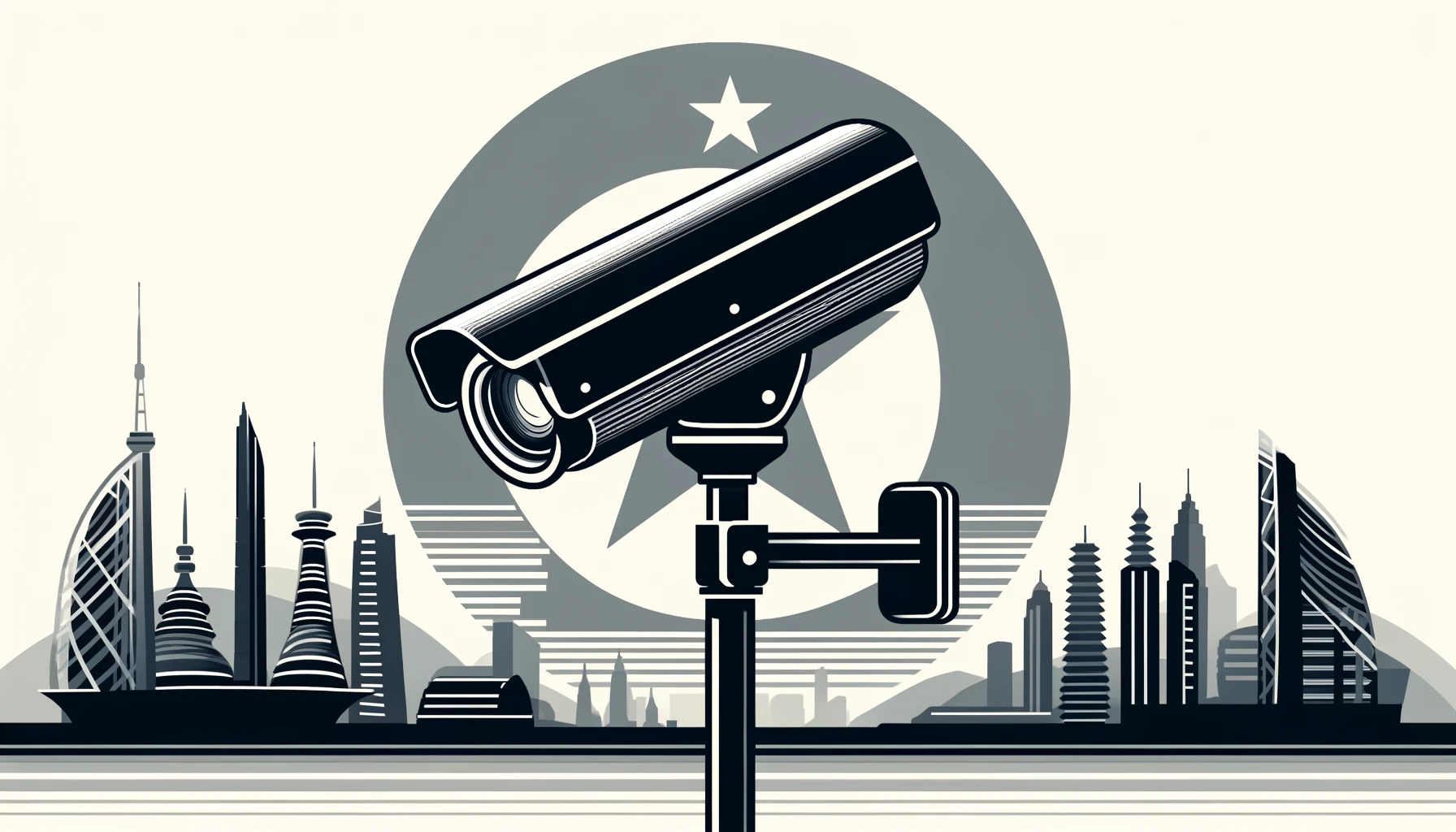
SEOUL, South Korea — In a significant escalation of surveillance efforts, North Korea is implementing advanced monitoring technologies in schools and workplaces, while also amassing biometric data from its citizens, according to a recent report published by the 38 North website.
The authoritarian regime has been progressively deploying an array of surveillance devices, combining Chinese-imported hardware with homegrown software, marking a concerning step towards diminishing the private sphere of its citizens. These technologies not only enhance the government’s ability to control and monitor its population but also pose a threat to the remnants of private business and secret dissent within the communist state.
- Intensified Monitoring: Installation of video surveillance systems in educational and industrial settings.
- Biometric Data Collection: Mandatory capturing of fingerprints, photographs, and other personal identifiers.
- Digital Barriers: Heightened digital and physical barriers to curtail the flow of foreign media and influence.
Despite these advancements, North Korea’s surveillance ambitions are hindered by infrastructural inadequacies. The country grapples with unreliable electricity supply and low network connectivity, which limits the effectiveness of these digital tools. Furthermore, the state has historically relied on human intelligence operatives to keep tabs on its citizens, a method that continues alongside technological means.
| Method | Advantages | Disadvantages |
|---|---|---|
| Human | Deep contextual understanding; harder to evade | Costly in terms of manpower; potentially corruptible |
| Digital | Wider reach; less prone to human error | Requires consistent power and connectivity; high initial cost |
The integration of sophisticated surveillance equipment sourced from China, such as advanced cameras with facial recognition capabilities, has allowed for more pervasive monitoring in public spaces like schools, factories, and airports. This shift is particularly noticeable in educational settings where classroom activities can be remotely observed, focusing on individual students or teachers.
In addition to visual surveillance, the state is constructing extensive biometric profiles of its citizens. The updated national identification cards now come in a smartcard format that includes biometric data. There are even unverified reports of mandatory blood tests for identity verification.
- Surveillance Cameras: Increasing prevalence in schools, workplaces, and airports, many equipped with facial recognition technology.
- Traffic Monitoring: Expansion of traffic camera networks for automated license plate recording.
- Biometric ID Cards: Introduction of smartcard IDs that store critical biometric information.
According to Martyn Williams and Natalia Slavney, the co-authors of the study, the tightening of state control has been notably influenced by the COVID-19 pandemic, which saw North Korea implementing severe border restrictions. “Having seen that it’s possible to close the border this tightly, I think they are now keen to keep it that way,” Williams explained.
The pandemic has likely served as a proving ground for what extensive surveillance could achieve in terms of controlling the population. The duo also noted that the decreasing cost of surveillance technology has played a significant role in its expanded use. “In terms of broader surveillance across the country, the pandemic could have played a part, but I think a much bigger role has been played by the fast-reducing cost of surveillance equipment,” Williams remarked.
As the infrastructure improves, the North Korean government is expected to broaden its surveillance network beyond major urban centers. However, processing the vast amounts of data collected remains a formidable challenge. “The country would have to build a small data center and ensure a constant supply of power,” Williams noted, suggesting that North Korea might draw inspiration from China’s robust surveillance capabilities.
The transition from reliance on human informants to unyielding digital surveillance means that activities like smuggling or the distribution of banned foreign media are now more risky. Unlike human agents, who can sometimes be bribed or misled, digital systems offer a relentless and unforgiving watch over the populace.
As North Korea continues to develop and deploy advanced surveillance technologies, the implications for the personal freedoms and privacy of its citizens are profound. The state’s vision of a more closely monitored society seems increasingly attainable, albeit at significant costs to individual privacy and liberty.
Related News:
Featured Image courtesy of DALL-E by ChatGPT
